Charles Babbage is popularly known as the “Father of Computing” for his pioneering work with computing machines. The use of Jacquard punch cards, chains and subassemblies, and the logical structure of the modern computer all developed from the work of Babbage.
Babbage was born in London on December 26, 1791, the son of Benjamin Babbage, a London banker and grandson to Benjamin Babbage, who was the Mayor of Totnes, Devon in 1754. Although Babbage was born in London, he’s regarded as a Devonian.
Born the son of a Banker, Babbage followed the typical path of a Victorian era “thinking gentleman”, entering Trinity College, Cambridge in 1810, and receiving his MA in 1817. Babbage occupied the Lucasian chair of mathematics at Cambridge from 1828 to 1839 and was the founder of several Victorian era societies and associations, the most famous of which included the Analytical Society in 1820, and the Statistical Society of London in 1834. Babbage was considered to be one of England’s pre-eminent intellectuals in an era replete with brilliant minds.
Babbage was known as a lover of the created object, finding great beauty in things manufactured by man, stamped buttons, stomach pumps, railways and tunnels, all man’s mastery over nature. This love for intricate creation can be seen in his designs. His Difference Engine, a device for calculating and printing mathematical tables by machine consisted of two tons of brass, hand-fitted steel and pewter clockwork. Babbage seemed to go against what was described as the era’s “growing divorce between academic science and engineering practice”.
Babbage loved practical science, and was among the first to apply higher mathematics to commercial and industrial problems. Babbage, along with his draftsmen, conducted pioneering work in the field of precision engineering. Since the conventional mechanical drawing used at the time proved inadequate for his engines, he developed his own abstract notation. He called this work with mechanical notation “one of the most important additions I have made to human knowledge”. With the die-cast pewter gear wheels of his Difference Engine, and with his design of lathes and tool-shapers, Babbage had a huge influence on the British machine tool industry. The foreman in Babbage’s shop, Sir Joseph Whitworth was responsible for the introduction of the first series of standard screw threads.
In addition to his great love for the mechanical, Babbage was enthralled with the field of statistics, and made great study of statistics of all sorts, everything from his “Table of Constants of the Class Mammalia” measuring such constants as the heart beat of a pig, to an attempt to mathematically handicap horse races (at which he was notable unsuccessful).
Despite his great contributions to many fields of study in Victorian England, Babbage was not a universally popular figure in his lifetime, being held in great disrespect by the general public in London. This was due in large part to the popular belief that he had been supported in his research by large grants from the government during a time when the ever growing industrial revolution was creating a large underclass of poor and disposed.
Babbage was widely known to have hated “street musicians”, and one way in which the public vented their displeasure with his was by ensuring that he never lacked for the attention of an unending parade of fiddlers, Punch-and-Judy shows, and the like. Some neighbours hired musicians to play outside his windows, while others annoyed him with worn-out or out of tune wind instruments.
Despite his lack of public popularity, Babbage was a great mind, and although never fully developed, his work with digital computing devices was revolutionary. As a prominent Victorian, his place in history is assured. Babbage died in 1871, and is buried in Kensal Green Cemetery in London.
In 1985, the Science Museum in London began construction of the Difference Engine №2 using Babbage’s original designs of his work during 1846 to 1848. It took six years to build the calculating device, just in time for the bicentennial of Babbage’s birth. The device consists of 4000 parts and weighs over three metric tons. Its first calculation at the London Science Museum returned results to31 digits, far more than the average modern pocket calculator.
The Conway Stewart Babbage edition is a spectacular celebration of the life and work of Charles Babbage. With a simple and straightforward cylindrical cap and barrel, the Babbage pays homage to the underlying structure of Babbage’s work. Both the cap and barrel are covered in an intricate pattern of engine turned engraving in a concentric circular pattern. The result is at once simple and intricate, a perfect reflection on the work of Charles Babbage. The Conway Stewart Babbage edition is being made as a roller ball, an eminently practical choice for today’s lover of fine writing instruments. Roller ball pens offer the luxurious feel of the fountain pen’s liquid ink combined with the rugged practicality of the ball-point pen. The Babbage is also designed as a clipless pen, intended to be carried in a brief case, organiser or handbag, and sized to fit the pen loops built into these. In keeping with the life of Charles Babbage, practicality and attention to detail form the pre-eminent aspects of this design.

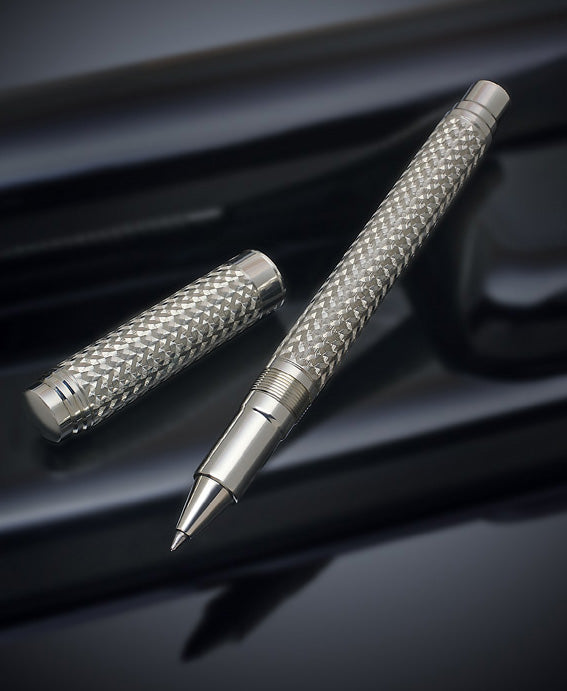
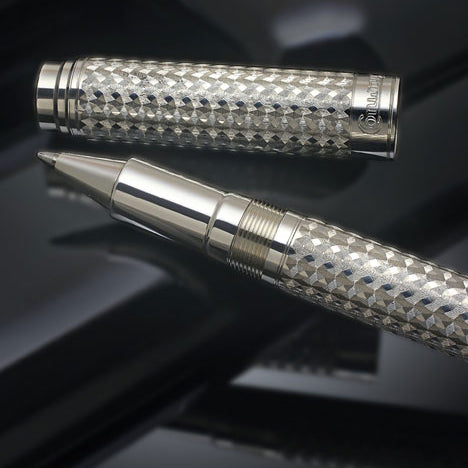

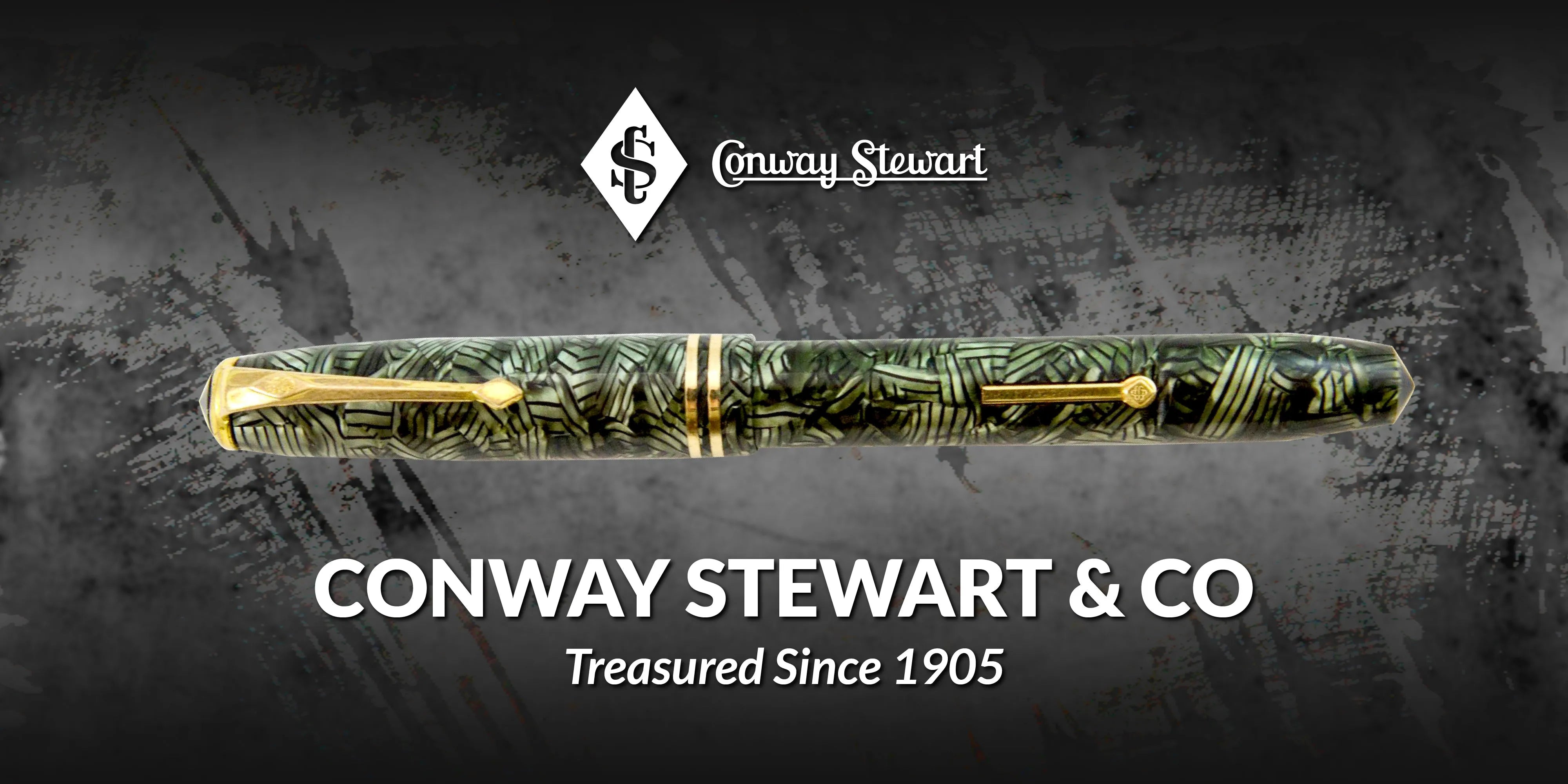
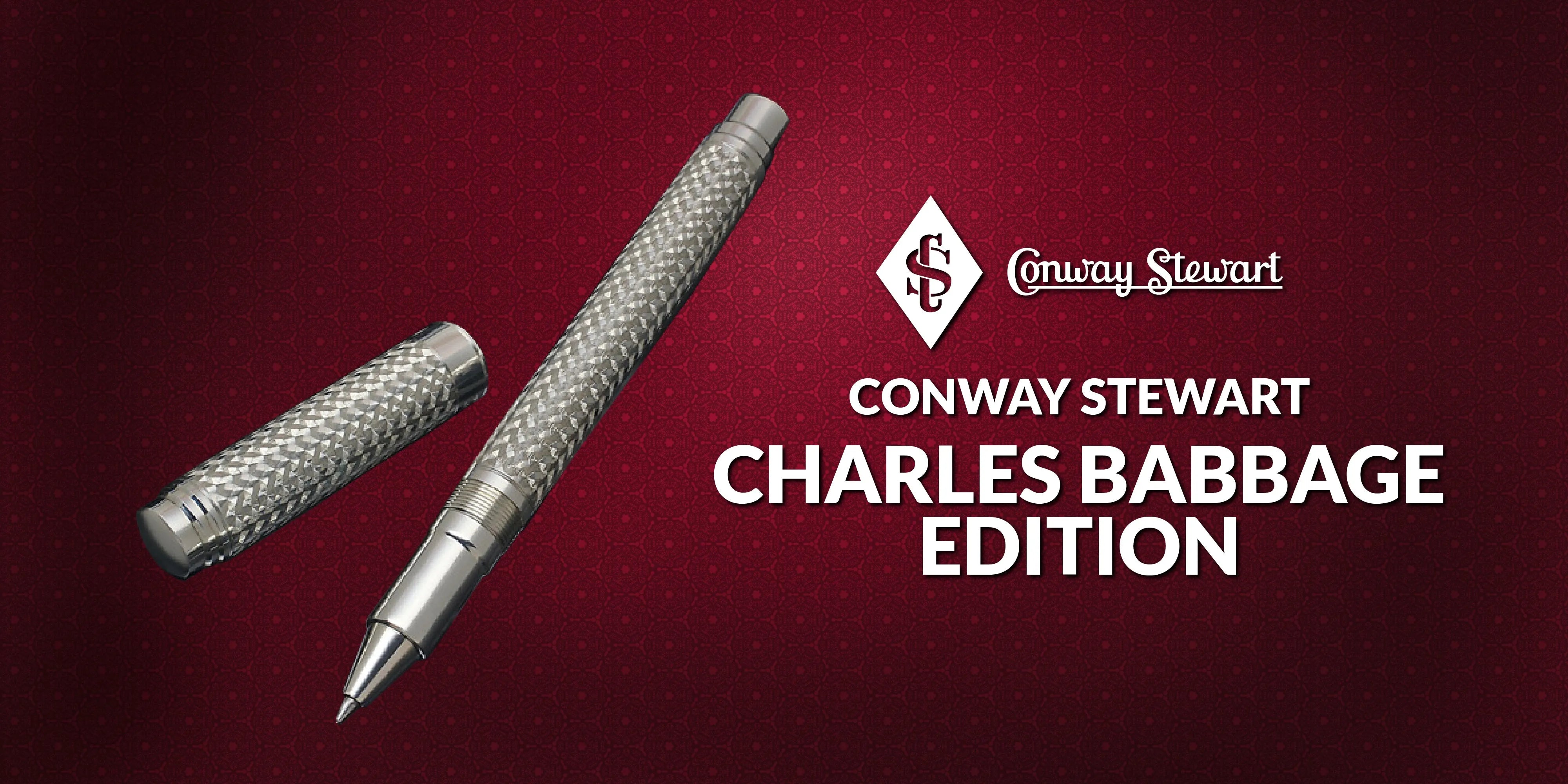



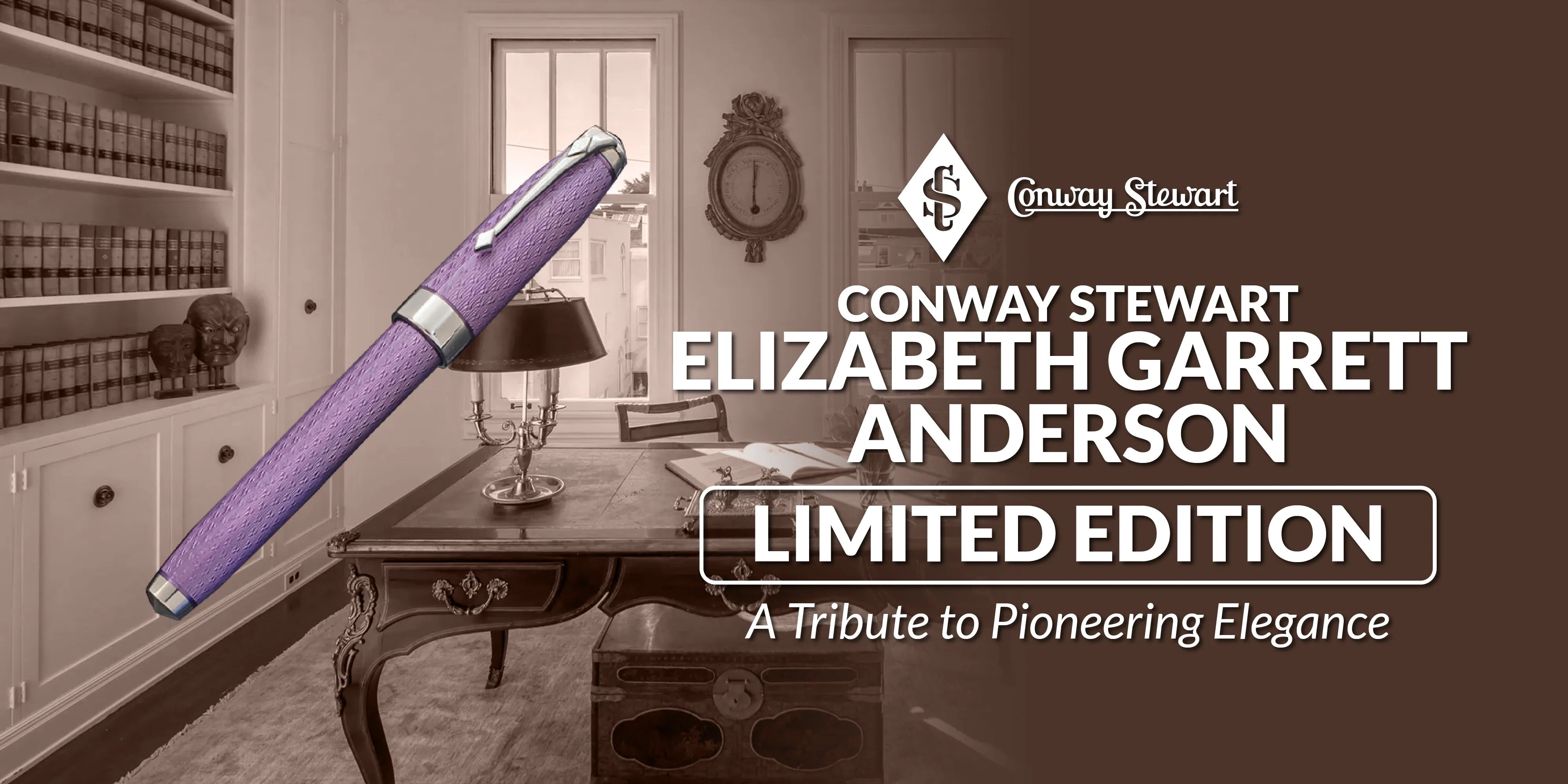


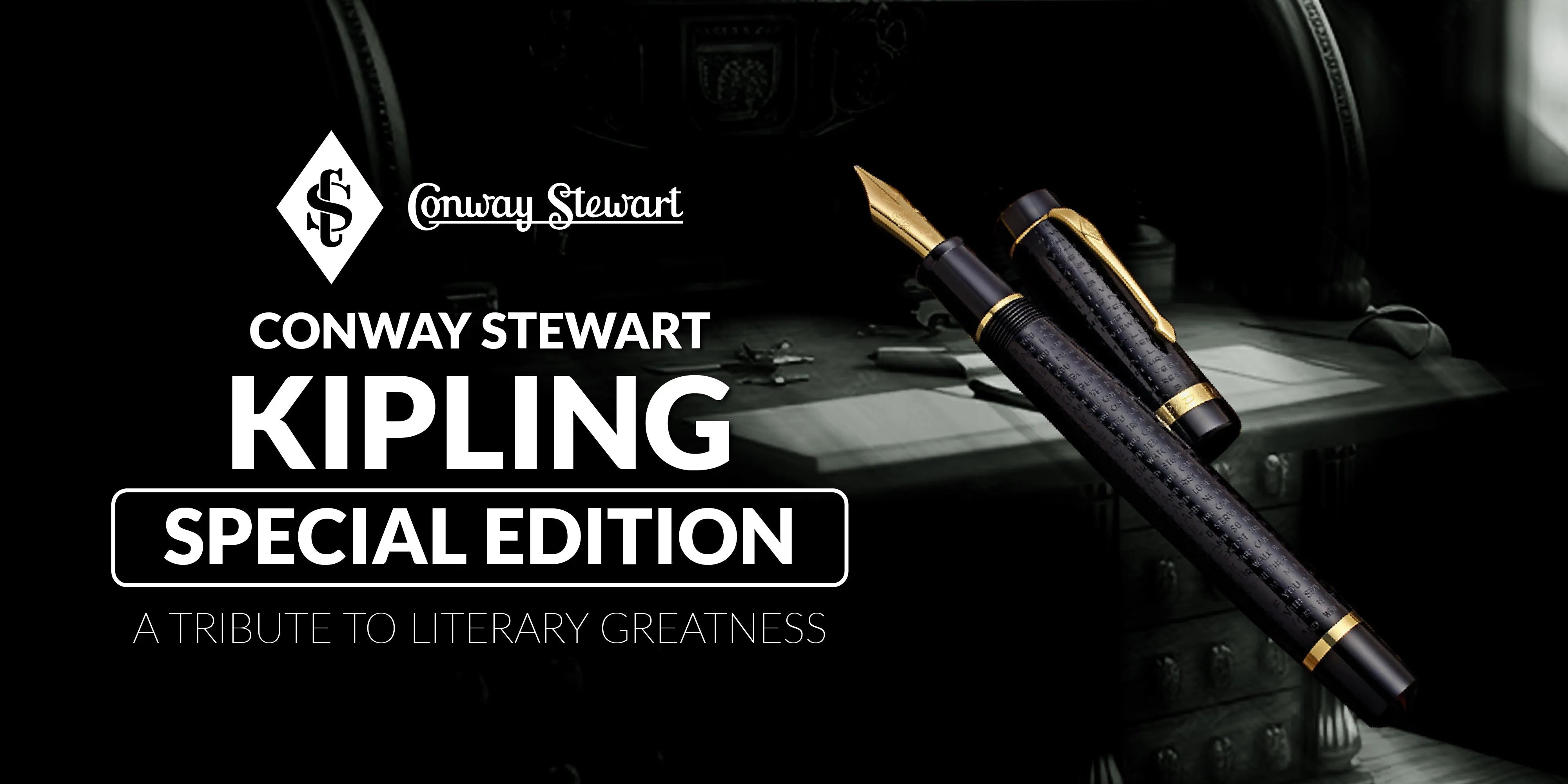

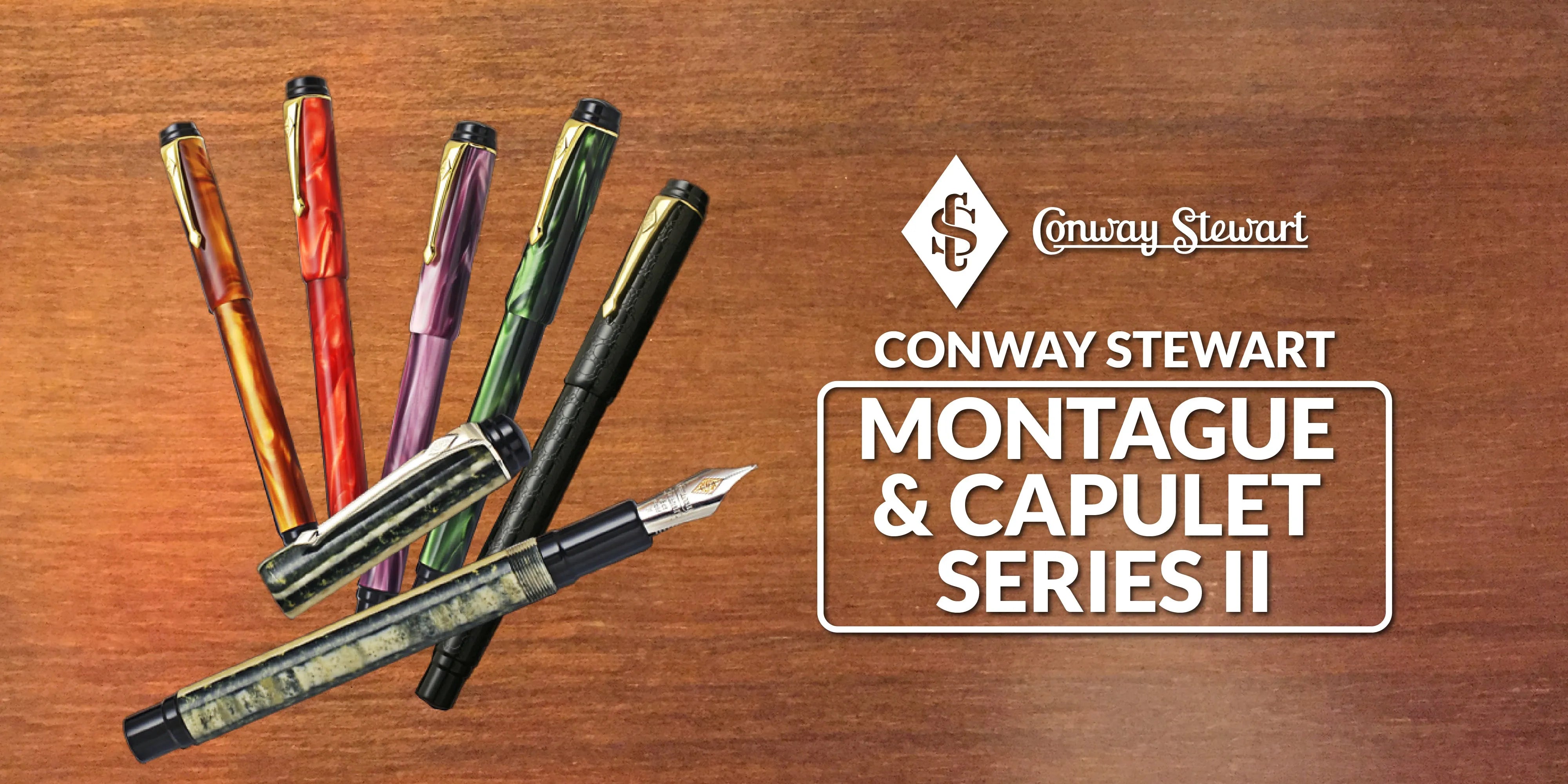
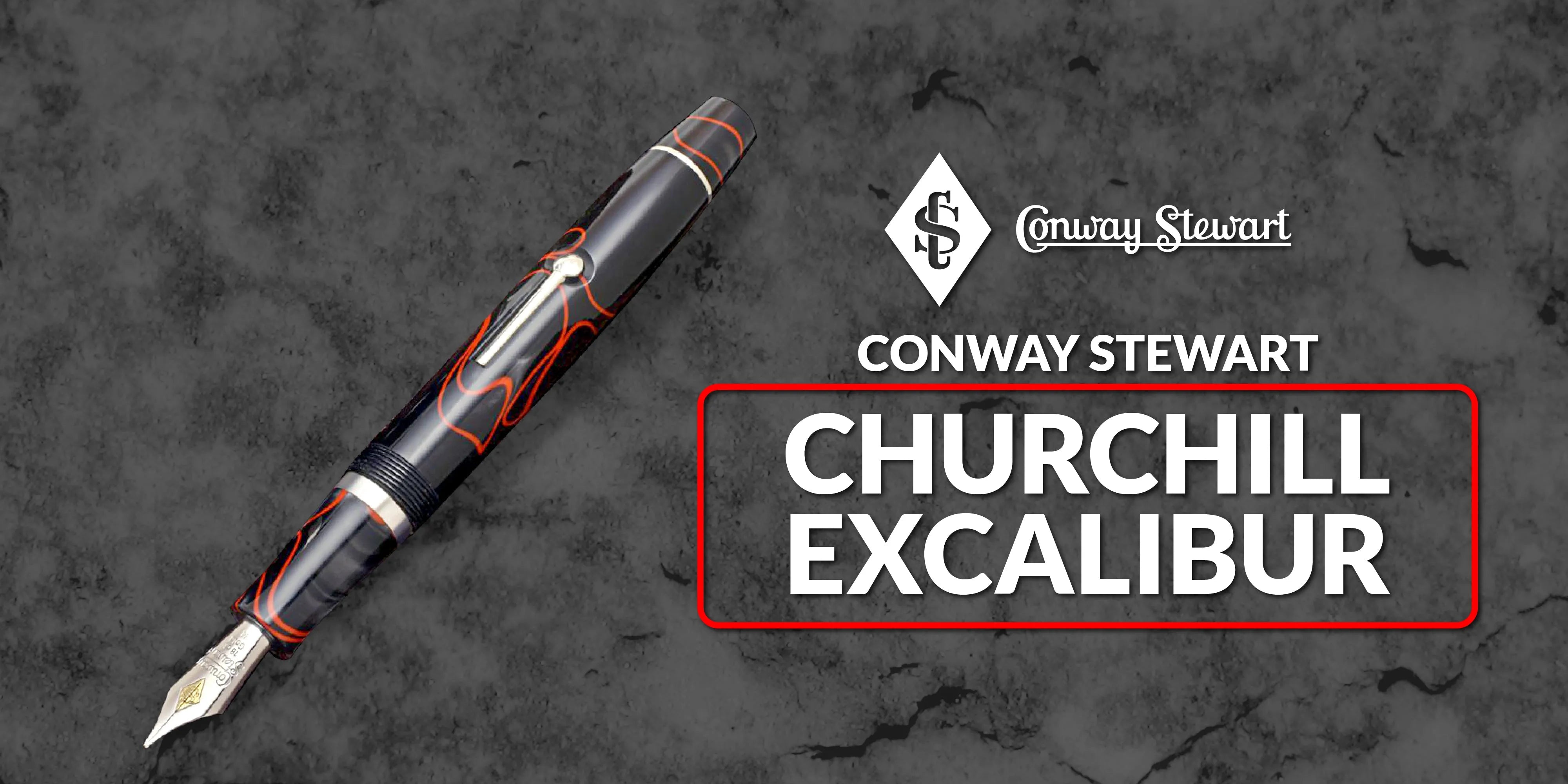







Leave a comment